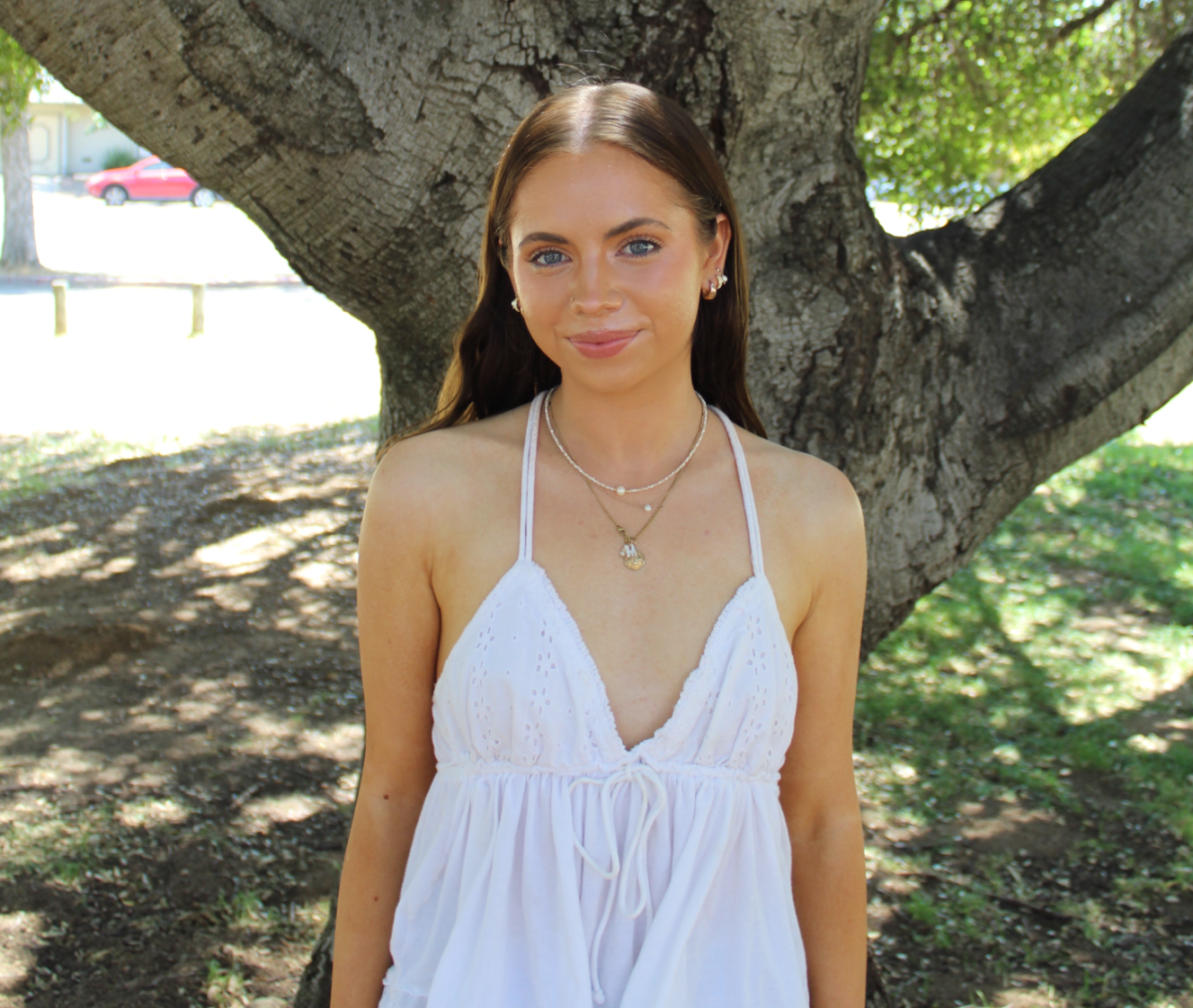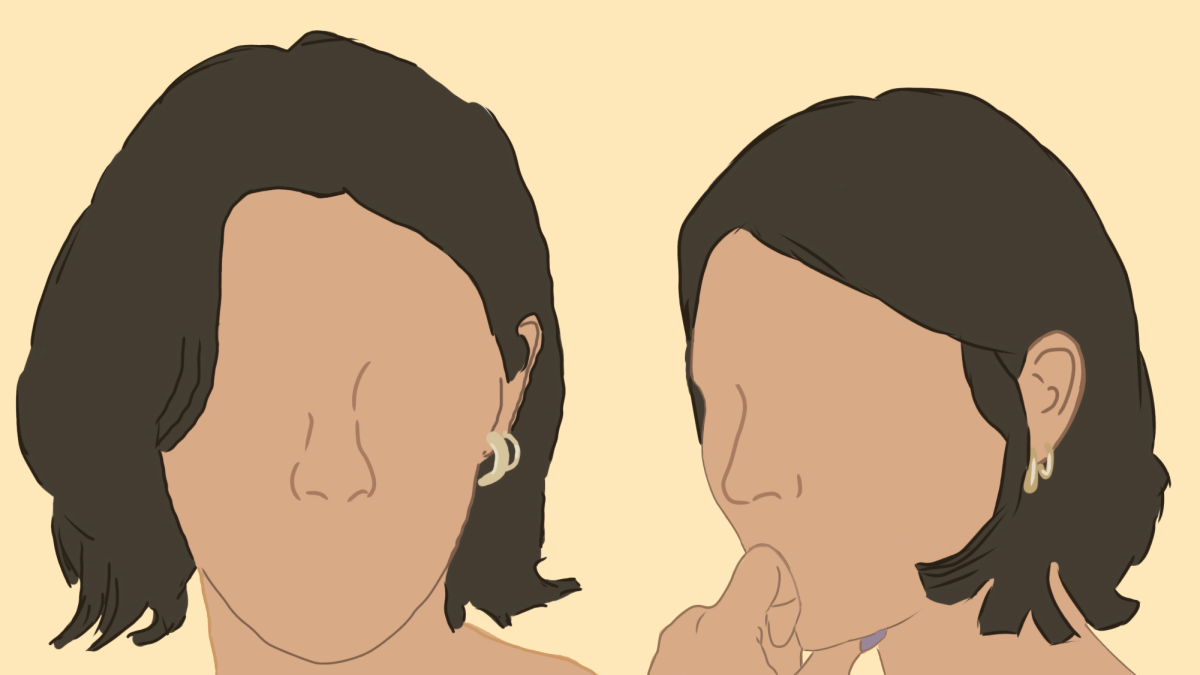There are over 50 students on a list waiting to meet with a mental health counselor. There are two mental health counselors at San Marin from Bay Area Community Resources, and only one is on campus on any given day. We also have one school nurse who is on campus part-time.
I was having a panic attack last semester, and I went to the office, because I didn’t know what was happening to me, and there was no nurse. One of the office staff yelled at me for being out of class, and then I paced for about another hour with no one watching me. After that point, I wanted to see a mental health counselor so that, maybe, I would never have to go through that again. But two counselors simply cannot handle the cases of so many students.
I went in to talk to a counselor a few times, and we set up a schedule so that I could go see her weekly, but as the weeks went by, I stopped getting passes. I haven’t seen her in over two months. That’s okay with me, because I know there are other students who need attention much more than I do, but that should not be what happens to people who ask for help.
Philosophy and English teacher Wesley Swedlow learned more about the system as he tried to refer students to gain mental health support. Those in the worst condition go first, like in hospitals.
“Two ways to be put up on the list are that you either have a very dire condition or somebody, like me, advocates for you,” Swedlow said. “I’ve pushed for some people to be put up on the list.”
Students can either self-advocate for counseling, like I did, or be referred by their academic counselor or a teacher. You either fight to get support or have someone fight for you, and I don’t think that’s a good system. There should be enough mental health counselors to help all the students at this school, and there simply aren’t.
“[The counselors are] usually part-time, and they come and go,” Swedlow said. “I knew a student who was seeing one, and now she stopped showing up, and we don’t know why. But that’s how the system works.”
The American School Counselor Association recommends a ratio of 1 counselor per 250 students. At our school, with more than 1,000 students, there should be two more counselors to meet that minimum. According to Principal Mark Sims, the NUSD contract stipulates a ratio of 1 counselor to 350 students. I’m no math-whiz, but I think those numbers only work out if we count academic counselors, and I’ve certainly never had a heart-to-heart with mine. Our conversations typically go, “You’re on track to graduate,” and then I go back to class.
Of course, I wish there weren’t so many students who find themselves in need of mental health support. There are certainly ways San Marin could reduce the number of students who need help. Sims said San Marin could improve “mental health education in the classroom by providing teens with preventative strategies, coping skills, and early identification of risk factors and counseling and mental health resources in their local community.”
While I agree prevention is important, I think we need to meet students where they are. If we have students waiting on a list to see a counselor, we should have a counselor to see them.






































